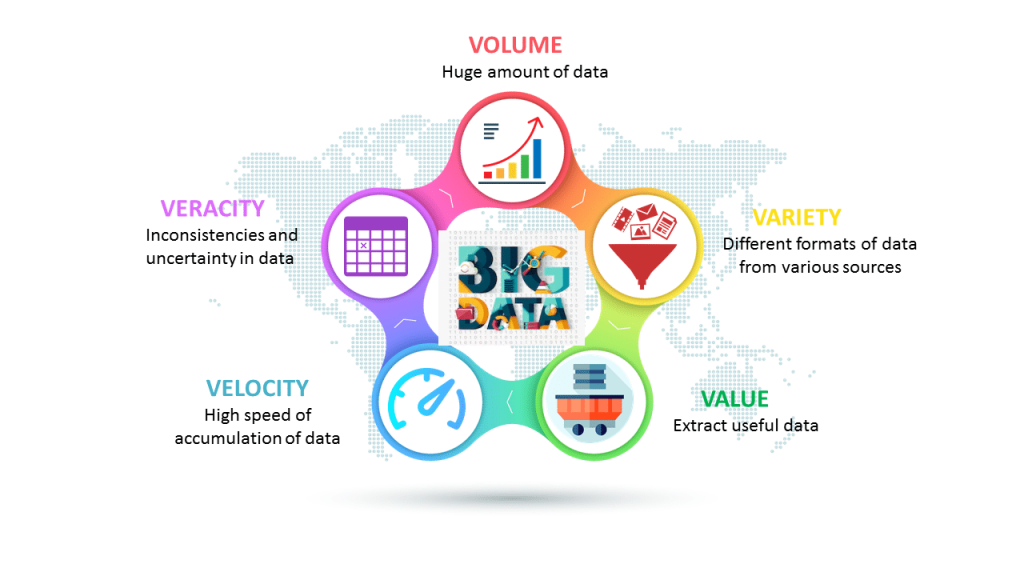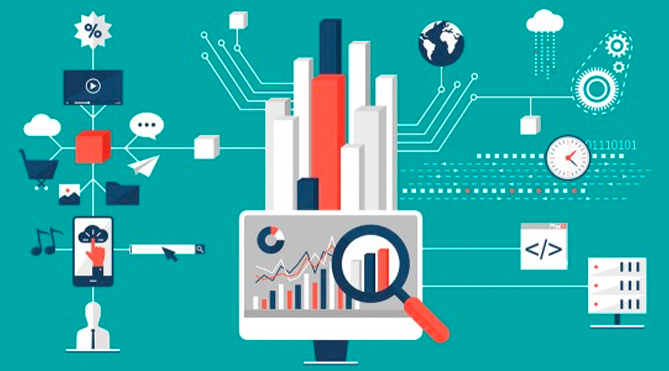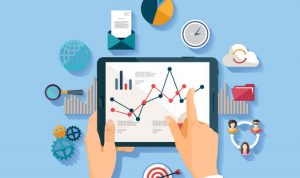What is Business Intelligence and how it is applied in a company

By now we know: Big Data is no longer the future, but the present. Having large amounts of data is not enough if they are not analyzed through Business Intelligence, that is the process of collecting, validating, analyzing and extracting data, fundamental support for making strategic decisions.
The report on the data deriving from the collection and analysis carried out with BI techniques, in fact constitute a real wealth. Company managers can thus identify and modify company strategies and processes , supported by indicators provided in real time, which help guide choices, based on certain and measured elements.
For example, Procter & Gamble, an American multinational of consumer goods, during the first months of the lockdown used business data analysis to study the change in consumer habits and adapt accordingly by modifying its supply model for supermarkets and shops. .
But how exactly do Big Data and Business Data Analysis work? Let’s find out together.
What are the characteristics of Big Data?

What is Big Data? Analysts agree that Big Data is present when the database has characteristics attributable to the so-called 5 Vs, namely:
Velocity
Big Data has the characteristic of being able to be queried in real time. It only takes a few milliseconds to analyze millions of credit card transactions and prevent fraud, verify the virality of social media content in seconds and learn about brand sentiment. In many cases, data can be manage even before it is store in large databases.
Volume
Big Data is made up of huge amounts of data and occupies storage spaces whose unit of measurement is the zettabyte (1 zettabyte = 1 billion terabyte). Otherwise it is Medium or Small Data.
Variety
The data collections are not homogeneous: they are composed of multimedia contents, databases of every format and language, data from Social Networks which, in the case of Instagram for example, are compose of images linked to some hashtags, likes and geolocation data , while in the case of Twitter these are text and hashtag elements.
Variability
The information in large data collections varies in significance to the analyst, depending on the context in which it is found. It therefore becomes necessary to contextualize the data to evaluate its usefulness in carrying out Data Mining.
Virality
Data spreads very quickly. Business Intelligence is call upon to identify data sources and analyze the spread of concepts that, thanks to a hashtag that has gone viral, can affect the result of an election or the purchase funnel.
You may also like:
Business Startup Surprise Costs to Budget For
The phases of the Business Intelligence activity
The Business Intelligence activity therefore consists in the collection, cleaning, processing with data analysis techniques and extraction of the data thus processed . It is extremely specialized work, carry out by highly sought-after professionals in Europe, Asia and the United States.

Data collection
The first phase of the Business Intelligence activity carries out the selection of the large databases , consisting of:
- Demographic Big Data , relating to the population, generally present on databases managed by public institutions
- Sociographic Big Data , which provide elements on the composition of families, income, consumption and other characteristics of living
- Big data psychographics , related to interests, habits and passions
These are therefore large collections of data, whose access is often onerous, as in the case of those held by large companies that manage Social Media or e-commerce. The BI Analyst, a professional who governs the entire process, performs in this first phase the delicate function of choosing among the available databases, to identify those that, when crossed with each other, can provide the data of greatest interest for the business that is called to develop.
The cleaning, validation and integration of data

In the second phase of the Business Intelligence process, we perform the data normalization.. Big Data collections are in fact heterogeneous because they are made up of numerical elements, images, videos and text documents. In addition, large databases can include information that is not directly useful for providing reports relating to specific forms of business. Cleaning concerns precisely the identification of the most significant data with respect to the objectives of the analysis and their validation, that is, the verification with respect to the methods of collection and aggregation, to insert them into the Data Analysis software.
Data processing, aggregation and analysis

The third phase of Business Intelligence operations is that of data analysis. The Data Analytics process is complex, but it can reveal trends, statistics, and other elements of evaluation to grow a business . Here are the main data analysis models carry out by Data Management software:
- Descriptive Analytics
This analysis offers data referring to current or previous situations, related to the market. These elements are generally provided through reports and graphs and relate to the main KPIs, or performance indicators, required by managers
- Predictive Analytics
In this case, we do the data analysis by tools made to provide answers relevant to market trends in the future and make use of mathematical tools such as forecast, regression and the application of predictive models.
- Prescriptive Analytics
These are Big Data analyzes that elaborate reports and propose strategic data-driven actions to decision makers
- Automated Analytics
Here is the most innovative form of data analysis that, thanks to machine learning techniques, automatically carries out email marketing actions, changes the price of an online product – do you know how the dynamic price applied by low budget airlines works? – or – as is happening with giants like Google and Tesla – drive an unmanned car or truck.
Go and buy life insurance for women from top Life insurance companies
The advantages of Business Intelligence

Business Intelligence is therefore a process that, introduced in the company, allows you to develop your business by making data-oriented decisions . The objective of Business Intelligence is therefore the review of decision-making and management processes, making them data driven, with a view to general performance improvement. Here are some of the benefits of Business Intelligence in the business environment:
- Economics of the process
Once the technical tools have been adopt and the analysis objectives identify, the reporting and analysis process is carry out automatically and allows the effectiveness of strategic decisions taken by management to be monitor in real time.
- Homogeneity of information
In every sector of the company, managers can share univocal data on the trend of the market, the company and any critical issues to be address.
- Speed and effectiveness of decisions
The data selection work and the results provided by the Business Intelligence software allow you to make quick decisions based on certain element.
- Better management of business data
A BI system makes it possible to make data management better, and therefore safer, in compliance with the GDPR, the new European Regulation on the collection and management of data with a view to respecting privacy.




